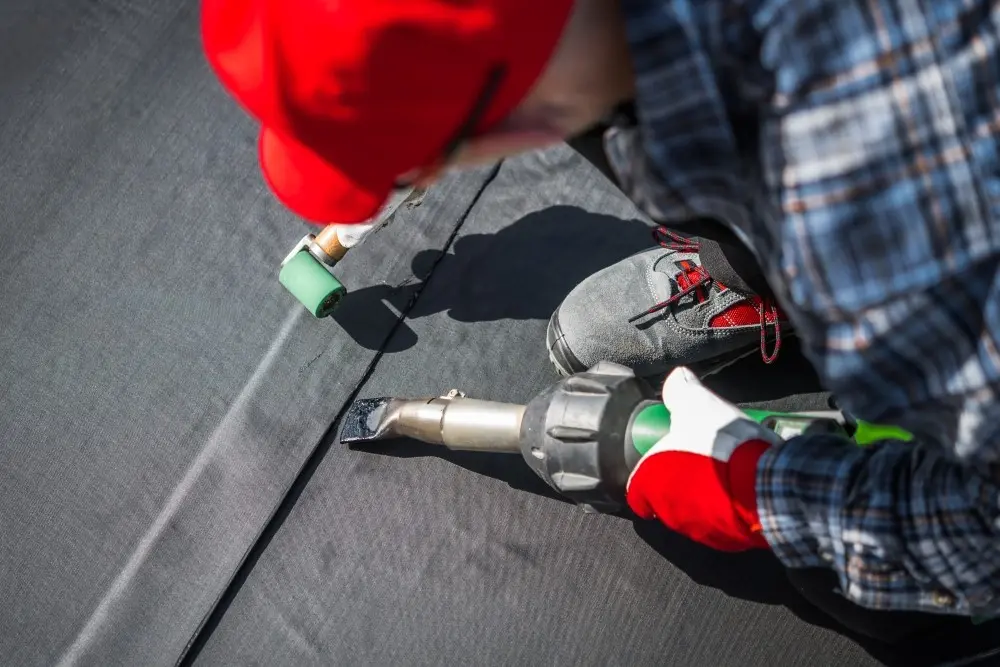Benefits and Potential Drawbacks
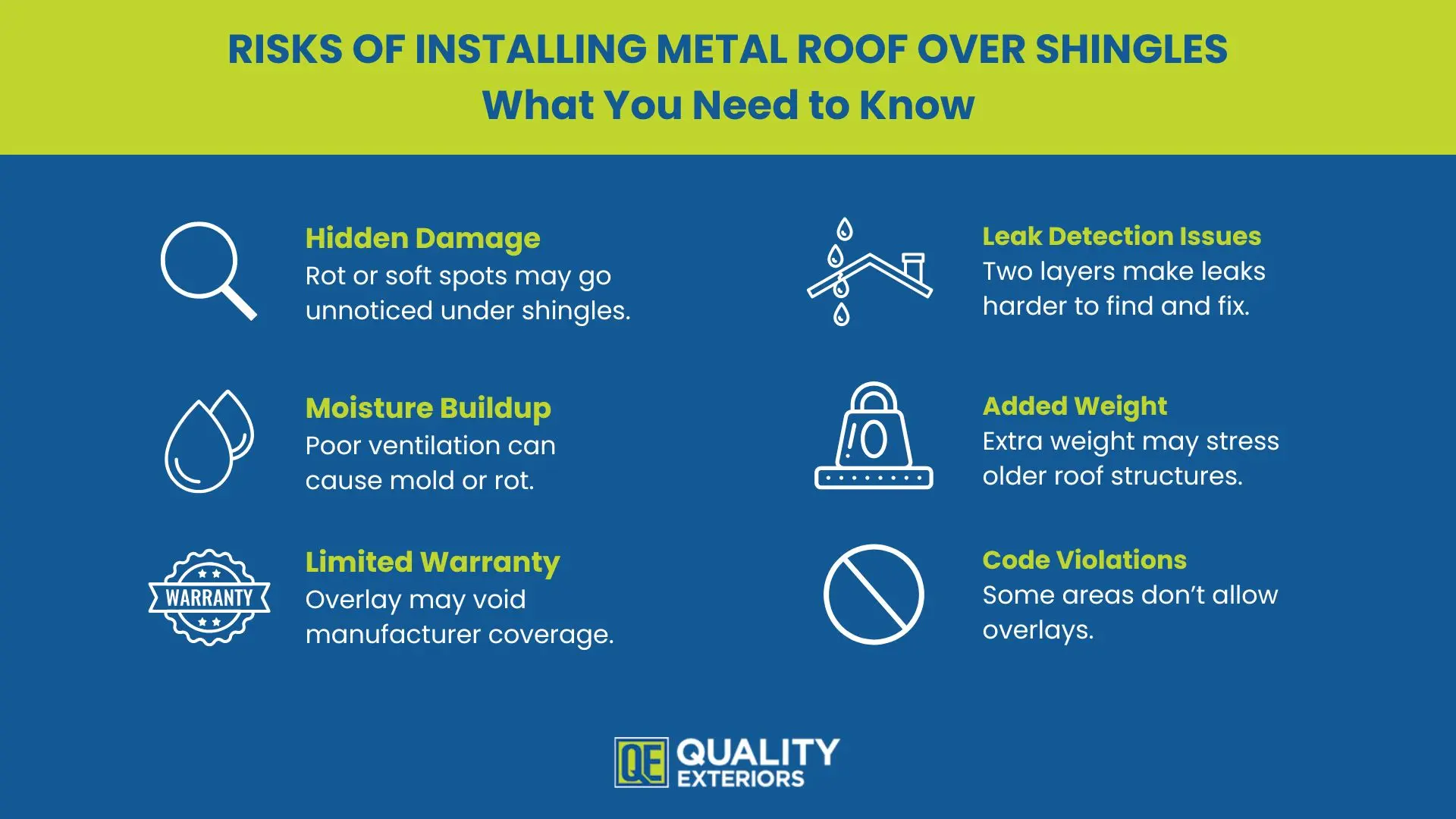
Understanding the advantages and risks helps you make an informed choice. Installing metal roofing over shingles offers clear benefits, but the process also comes with important drawbacks to weigh carefully.
The Benefits of Installing Metal Roofing over Existing Shingles
Installing a new metal roof over your current shingles can offer several advantages for qualified homes:
- Cost savings: Avoiding the tear-off process reduces project budgets by 20-30 percent, making metal roofing more accessible for homeowners with financial constraints.
- Faster installation: Without removing old shingles, most roof replacements take 1-2 days less time, reducing weather exposure and household disruption.
- Less waste: Keeping existing asphalt shingles out of landfills supports environmental responsibility while potentially reducing disposal fees.
- Additional insulation: The first layer of shingles provides extra insulation value, which can improve energy efficiency in some cases.
- Weather protection: Your home stays protected throughout installation as the existing roof stays in place.
Potential Drawbacks and Risks
However, installing metal roofing over existing shingles also comes with several challenges:
- Hidden problems: This method prevents inspection of the roof deck, potentially concealing rot, broken boards, or structural issues that worsen over time.
- Moisture concerns: Without proper ventilation, moisture buildup between roofing layers creates conditions for mold, mildew, and deck deterioration.
- Heat transfer issues: While metal panels offer cool roofing benefits, underlying asphalt shingle layers retain heat longer, potentially reducing energy savings.
- Weight considerations: The combined weight of multiple layers may stress the underlying structure, particularly for older homes.
- Warranty limitations: Some manufacturers void coverage for overlay installations, so verify warranty terms before proceeding.
- Future repair complexity: Locating and fixing leaks becomes more challenging with two layers, potentially increasing maintenance costs.
When Metal over Shingles Makes Sense vs. Complete Tear-Off
The decision between overlay installation and complete tear-off depends on several factors specific to your home's condition and your project goals. Understanding when each approach works best helps you choose the right method.
Choose an overlay when the roof is in good condition and the budget or timeline is a priority. We recommend opting for a tear-off when durability, warranty coverage, and structural integrity are your main concerns.
What Should Be Checked First
Before you install a metal roof over shingles, always check key factors like deck condition, code compliance, and ventilation to ensure a safe, lasting installation.
Roof Deck Condition
Before any metal panels are installed, a contractor must inspect the roof deck thoroughly. Look for soft spots that indicate water damage or rot. Check for warped or broken boards that could compromise the new installation. Examine areas for mold or rot, especially around chimneys, valleys, and other penetrations. Watch for signs of trapped moisture that suggest ventilation problems.
Understanding how to identify roof damage helps you make the best decision for your roofing project.
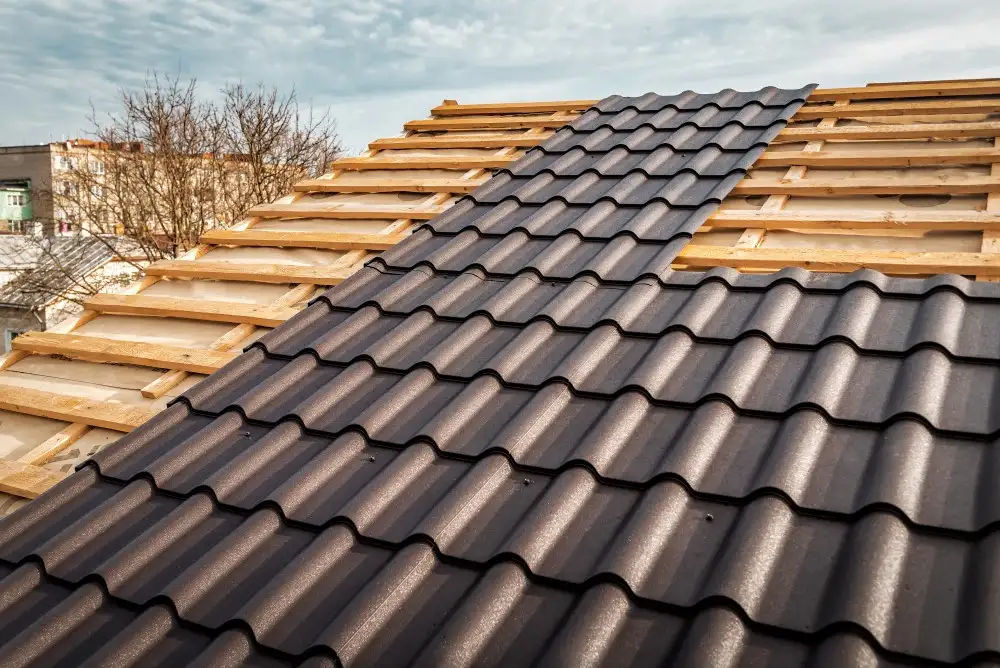
Local Building Code Requirements
Some areas prohibit metal roofing over shingles, while others allow one layer with specific ventilation and attachment rules. Always check local codes and HOA guidelines before proceeding. A knowledgeable contractor can help ensure compliance and guide your options.
Ventilation and Moisture Management
Without proper ventilation, moisture can get trapped between shingles and metal panels, resulting in condensation, mold, and deck rot. Using vented furring strips or removing sections of shingles allows for airflow and necessary repairs. This preparation helps prevent leaks and extends your roof's lifespan.
How to Install Metal Roofing over Shingles
If you want to proceed with installing metal roofing over shingles, it requires proper planning and technique. Common methods include direct installation with underlayment or using battens for ventilation. Both require specific steps to ensure lasting performance.
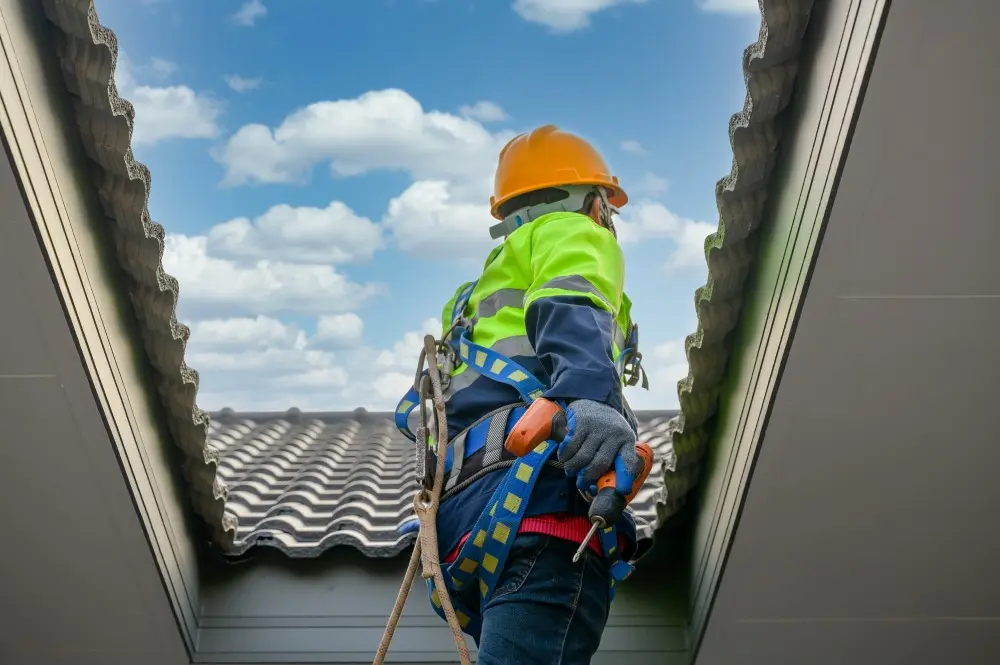
Step 1: Comprehensive Roof Assessment
Begin with a thorough inspection of existing asphalt shingles and the underlying structure. Check for missing shingles, damaged areas, and signs of moisture infiltration. Evaluate the roof deck condition through accessible areas like attics and soffits. If you notice any issues, document those that require attention before installation begins.
Keep in mind: Installing a metal roof over shingles without verifying code compliance can result in fines, denied insurance claims, or even forced removal of the roof. Always confirm your municipality's regulations before proceeding.
Step 2: Surface Preparation and Repair
Address any broken boards, loose shingles, or damaged areas in the existing roof. If there is roof repair work, complete it ahead of time to create an even surface for the new metal roof. Install preparation materials like underlayment made specifically for metal roofing. This step ensures your new roof has a solid foundation for long-term performance.
Step 3: Ventilation System Installation
Install furring strips or battens to create proper ventilation channels between layers. This prevents moisture buildup and allows air circulation under the metal panels. The vents should be properly aligned and sized according to the manufacturer’s specifications. Adequate ventilation is crucial for preventing ice dams and maintaining energy efficiency.
Step 4: Metal Panel Installation
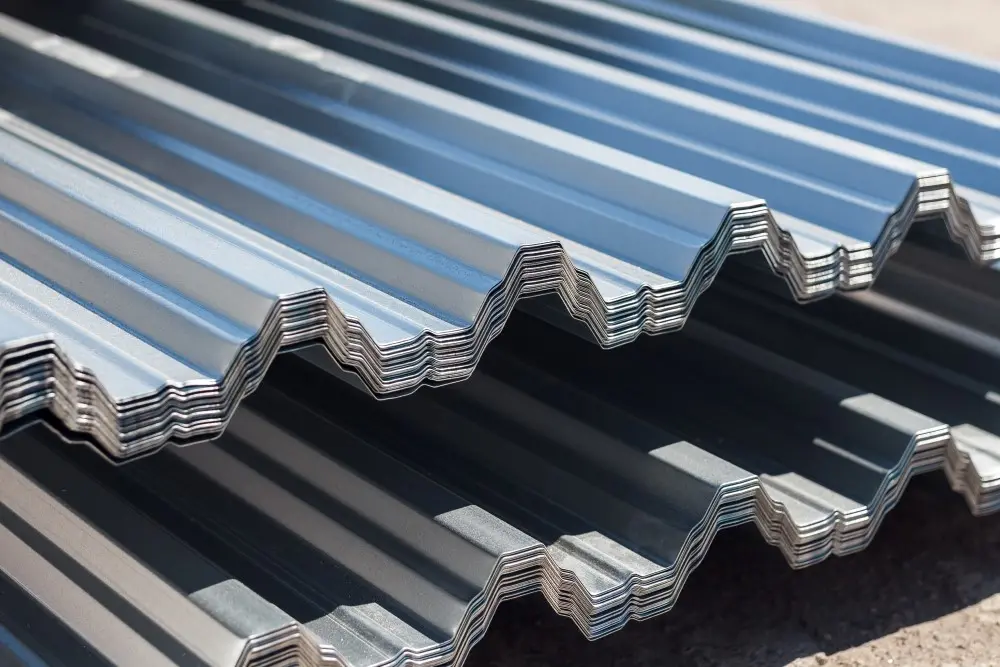
Start installing metal roof panels according to manufacturer guidelines and local code requirements. Use appropriate fasteners designed for your specific panel type and installation method. Pay special attention to ridge caps, valleys, and penetrations where water infiltration risks are highest. Take your time and ensure each panel is installed correctly with proper overlap and sealing.
Step 5: Flashing and Trim Installation
Install flashing around chimneys, vents, and other roof penetrations using compatible materials. Add trim pieces and ridge caps to complete the weather seal. Check that all connections are secure and properly sealed against water intrusion. This is a critical step to prevent future leaks and ensure long-term durability.
Step 6: Final Inspection and Cleanup
Last but not least, conduct a comprehensive inspection to verify that all components are installed correctly. Check fastener patterns, panel alignment, and flashing details. Clean up any debris and ensure gutters and drainage systems function properly. If required by local codes, schedule a final building inspection.
#cta_here
Cost Considerations: Upfront Savings vs. Long-Term Value
Installing metal roofing over existing shingles offers significant upfront savings compared to complete tear-off projects. However, the project’s long-term value depends on proper installation and your specific situation.
According to the JLC 2024 Cost vs Value Report, metal roofing replacement recoups approximately 48 percent of its cost at resale. While overlay installation costs less initially, potential future issues could offset savings if problems develop.
When making your decision, factor in both immediate expenses and long-term value. The metal roof cost varies significantly based on material choices and installation complexity.
A complete tear-off typically provides better long-term value through full warranty coverage and the ability to address underlying issues. However, overlay installation can be the right choice when existing conditions support it and budget constraints are significant factors in your decision.
Metal Roof Care and Performance Tips
With the right maintenance, you can extend your metal roof's life and protect your investment, regardless of the installation method.
- Annual inspections: Check fasteners, panels, and flashing for signs of movement or damage. Early detection prevents minor issues from becoming major repairs.
- Gutter maintenance: Keep gutters clean and properly aligned to prevent ice dams and water backup. Clogged drainage can cause water to pool under roofing materials.
- Panel care: Remove debris like leaves and branches that can trap moisture against the roof surface. Check for scratches that might compromise protective coatings.
- Ventilation monitoring: Ensure vents remain clear and functional to prevent moisture buildup. When ventilation is poor, it leads to condensation problems.
- Professional servicing: Schedule professional inspections every few years to identify issues you might miss. Experienced contractors spot developing problems early.
Regular maintenance prevents the majority of common metal roof problems and helps ensure you get the full roofing lifespan from your investment. Well-maintained metal roofing can last 50+ years, making it one of the most durable roofing options available.








